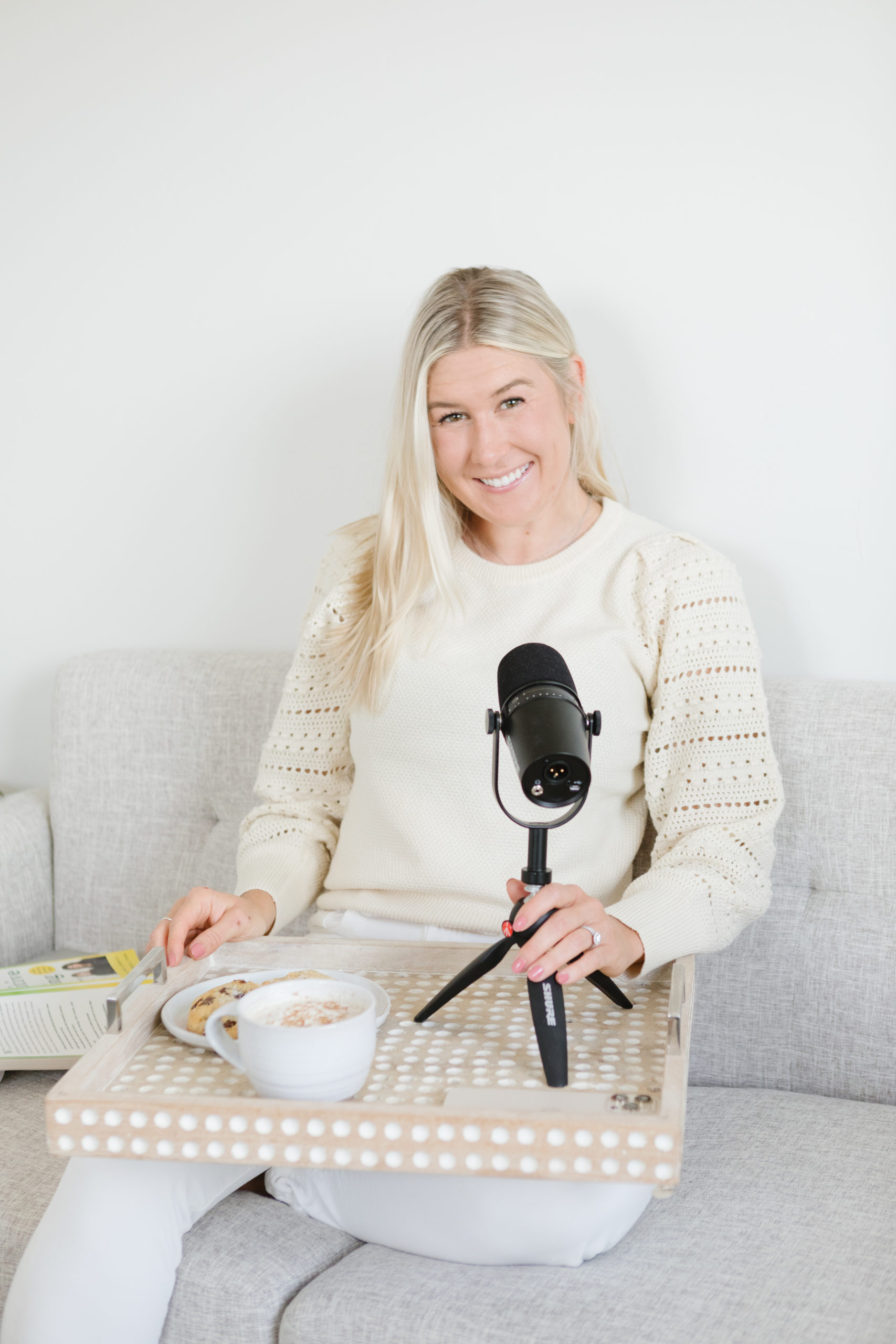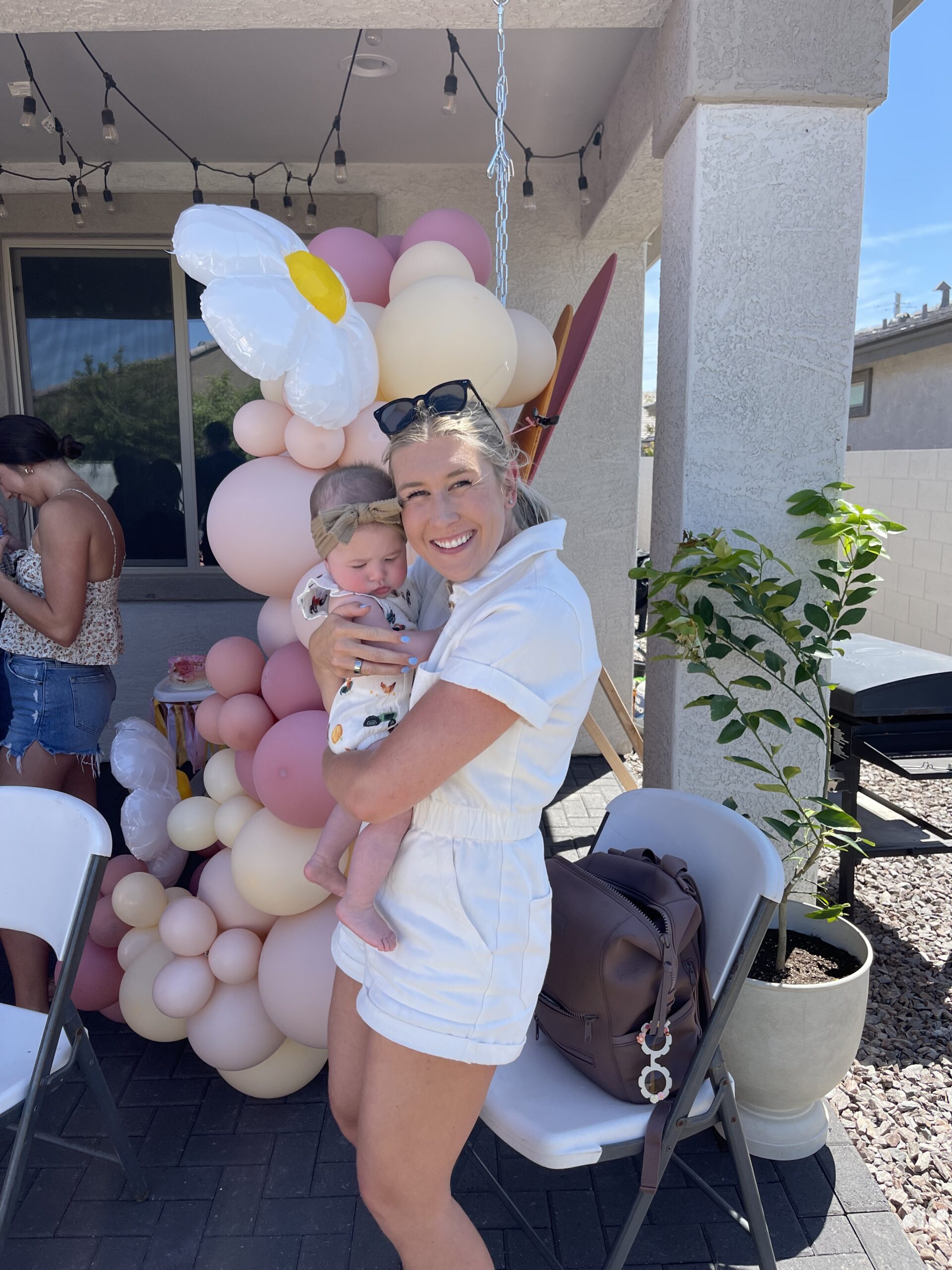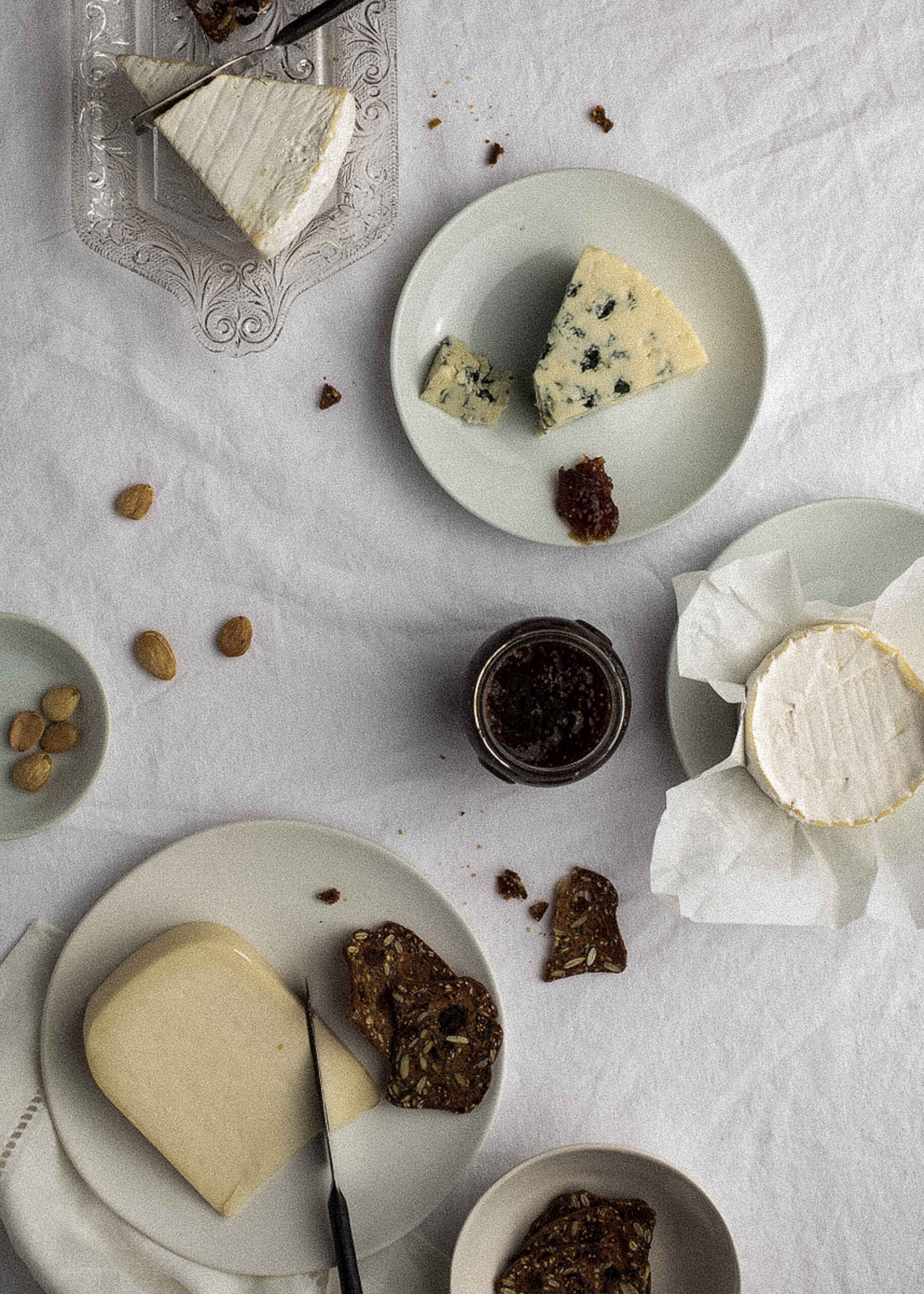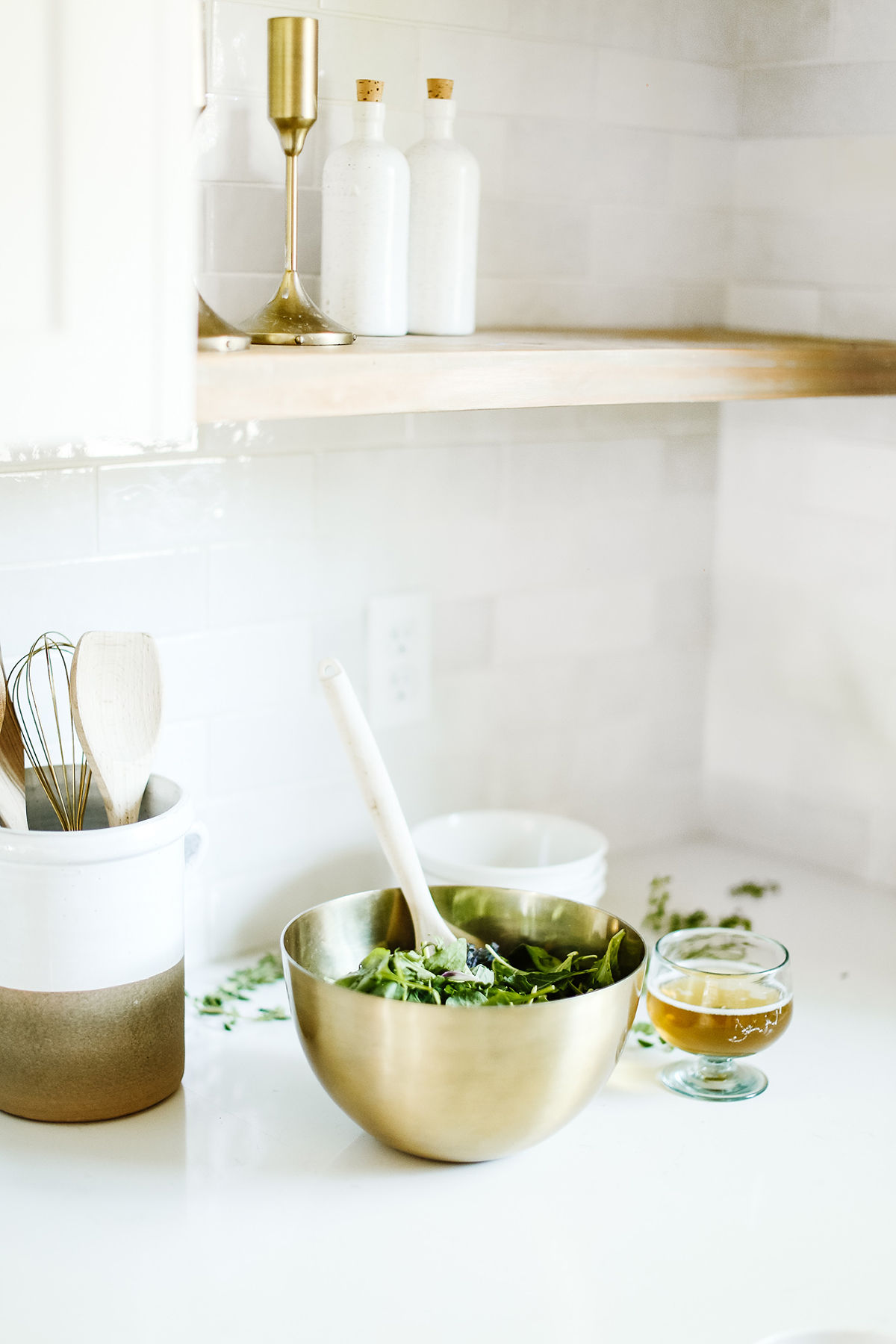The Difference Between A Food Preference and a Sneaky Food Rule

Written By:
Category:
Ryann Nicole
Have you ever felt the grip of food rules on your choices, dictating what you can or can’t eat? I know that feeling all too well. That nagging fear that if you grant yourself food freedom:
- You’ll live on a diet of cake and ice cream and suddenly gain 100 pounds.
- Your weight loss goals will go down the drain.
- You’ll lose control over your eating.
- Binge-eating will become your daily ritual.
Believe me, I’ve been there too, questioning how on earth you can let yourself eat without becoming the Michelin man (no offense to Michelin, of course). But let me tell you what finally set me free. The key? Understanding the distinction between a food rule and a food preference. Once I realized this, I started shifting from food rules to food preferences.
Full confession: Despite being binge-free for five whole years, I only recently discovered what true food freedom means. I wasn’t binging, and I wasn’t dieting, but my mind was crowded with food rules. I thought food freedom equated to unrestricted indulgence, and while it does include that, it goes deeper.
The Difference
Real food freedom means asking yourself what you genuinely want to eat, not what you think you should eat. When you follow food rules over your food preferences, those nagging food thoughts never take a break.
Food Rule
A food rule is like the invisible hand that guides your eating choices. It’s a decision you make about food, often influenced by external factors, societal norms, or beliefs about what you think you should eat, rather than what your body genuinely craves or needs. Food rules can be restrictive, often tied to dieting or weight loss programs. They might dictate that you should only eat at specific times, avoid particular food groups entirely, or adhere to rigid portion control. These rules typically disconnect you from your body’s natural cues and can lead to feelings of guilt, frustration, and sometimes even rebellion. Food rules can make you feel like you’re constantly fighting against your desires, which can be exhausting and detrimental to your relationship with food.
Food Preferences
Food preferences, on the other hand, are all about embracing your innate wisdom when it comes to eating. It’s the delightful part of your food journey where you base your choices on what genuinely makes your taste buds dance, what leaves you feeling satisfied, and what aligns with your body’s specific needs and desires. Food preferences are the antithesis of rigid restrictions. Instead, they invite variety and exploration into your meals, allowing you to savor a broad range of flavors and textures. Choosing based on your preferences means you listen to your body, honoring its signals for hunger, fullness, and specific cravings. It fosters a healthy relationship with food, as you’re no longer at odds with yourself, but instead, you’re in sync with what truly nourishes your body and soul.
Why Knowing This Matters
Food freedom is about choosing based on preference instead of rules. It gives you control, telling you that you can eat whatever you want, so you get to enjoy what you genuinely crave. This doesn’t mean you’ll devour cookies and donuts all day long (unless that’s your craving), but it’s about bringing balance into your life. Food freedom entails eating what you desire while understanding that when you remove the rules, your body guides you to what it truly needs. That’s the essence of food freedom!
10 Things To Add To Your Coping Box
Just so you know, I do review everything I recommend. When you buy through links on this page, we may earn a commission.
An emotional coping box, also known as a self-soothe or comfort box, is a personalized collection of items that can help individuals cope with difficult emotions, stress, or challenging situations. It’s a tangible and accessible resource that provides comfort and distraction during moments of distress. Here are 10 things you can consider adding to your emotional coping box:
Include items that bring you comfort, such as a soft blanket, stuffed animal, or cozy socks. These tactile objects can provide a sense of security and grounding.
Write down or print out affirmations and positive quotes that resonate with you. Reading these affirmations can help shift your mindset and promote self-compassion.
Incorporate items that engage your senses, such as scented candles, essential oils, or stress-relief lotion. Pleasant scents can have a calming effect.
Include small items like stress balls, fidget spinners, or textured toys. These can serve as a physical outlet for nervous energy and help redirect focus.
Keep a journal or notebook to write down your thoughts, feelings, and reflections. Journaling can be a therapeutic way to express and process emotions.
Include pictures of loved ones, happy memories, or items that hold sentimental value. Visual reminders of positive experiences can bring comfort and perspective.
Guided Relaxation or Meditation Resources
Include a small audio player or device with pre-loaded guided relaxation or meditation sessions. These can help you practice mindfulness and manage stress.
Playlist of Uplifting Music
Create a playlist of music that brings you joy or relaxation. Music has the power to influence mood, and having a go-to playlist can be a quick mood booster.
List of Coping Strategies
Write down a list of healthy coping strategies that work for you. This could include deep breathing exercises, progressive muscle relaxation, or simple activities that bring you a sense of peace.
Remember, the contents of your emotional coping box should be tailored to your preferences and needs. Regularly review and update the items to ensure they remain effective for you over time. The goal is to have a readily available toolkit that supports your emotional well-being during challenging moments.
Ryann Nicole
Licensed Therapist, Certified Nutritionist, and Virtual Wellness Coach
Ryann is a licensed therapist and virtual wellness coach who has assisted individuals worldwide in establishing a healthier relationship with food and their bodies.
Are You Ready to Heal Your Relationship With Food?
I understand—it can be overwhelming to figure out where to begin. Let's simplify things and have you start right here:
Why Am I Overeating?
First Steps To Stop Binge Eating
The Food Freedom Lab Podcast
FREE QUIZ
FREE GUIDE
Podcast
the food freedom lab podcast




